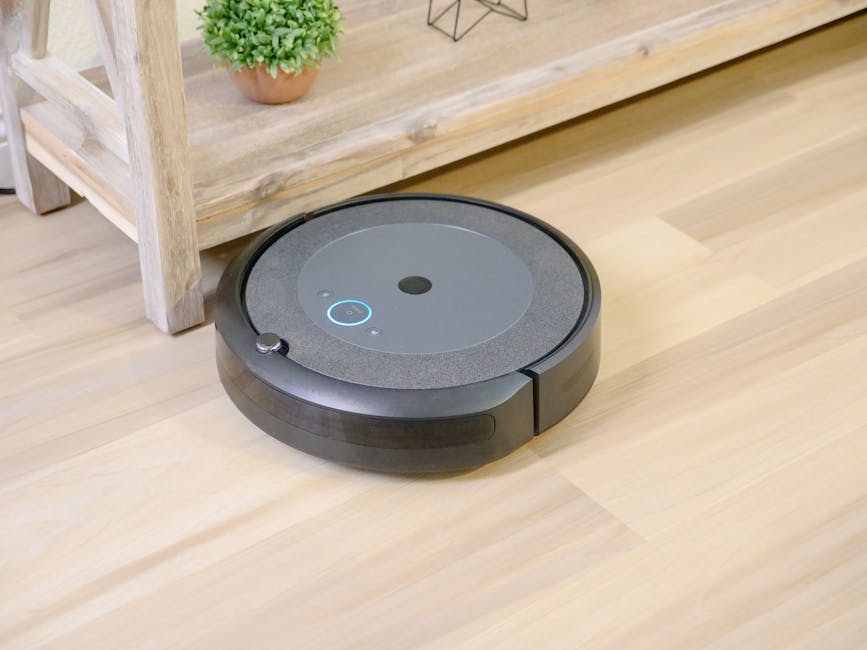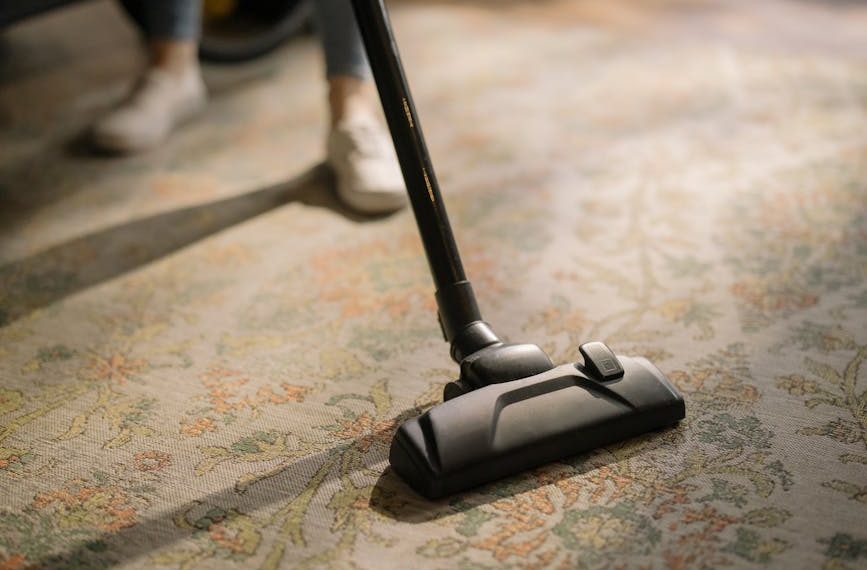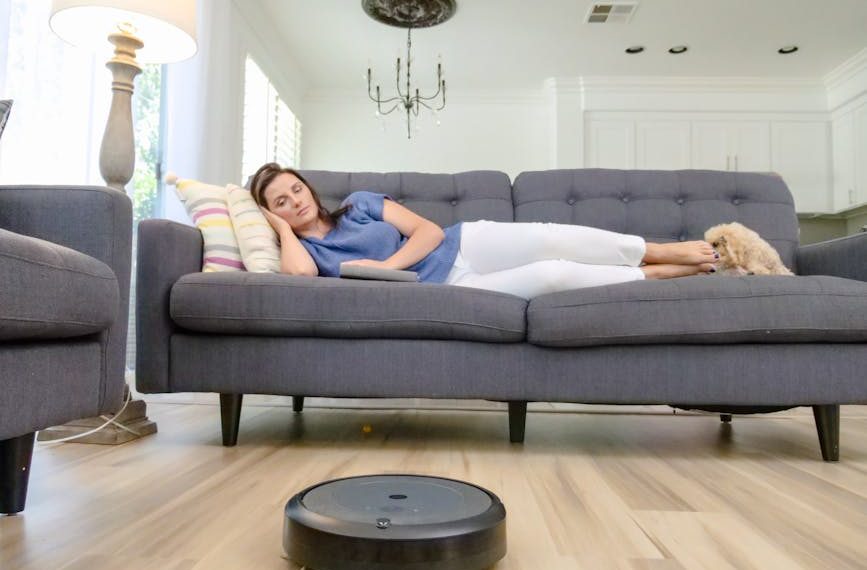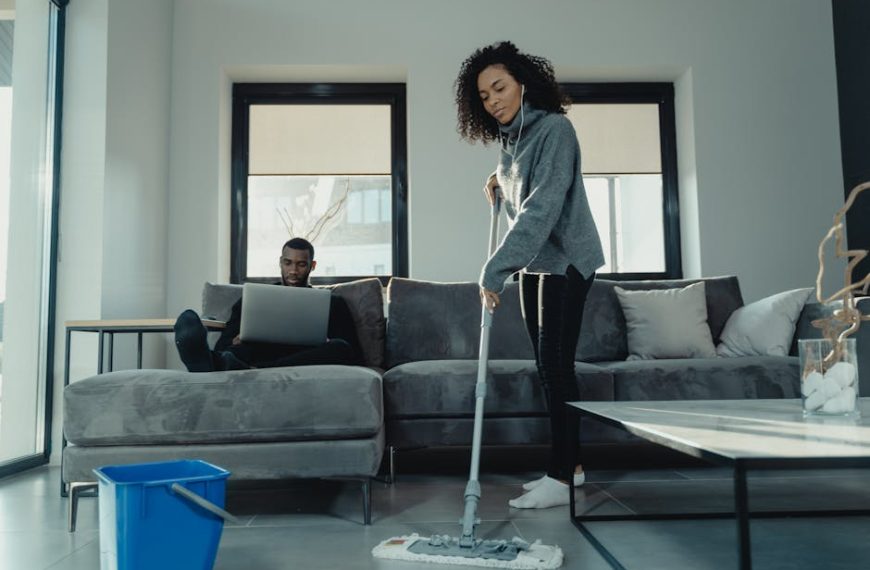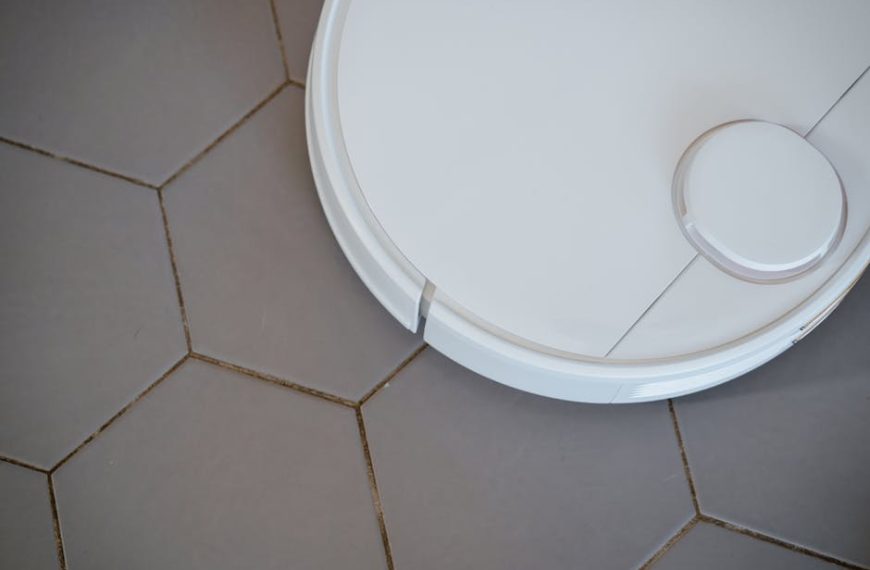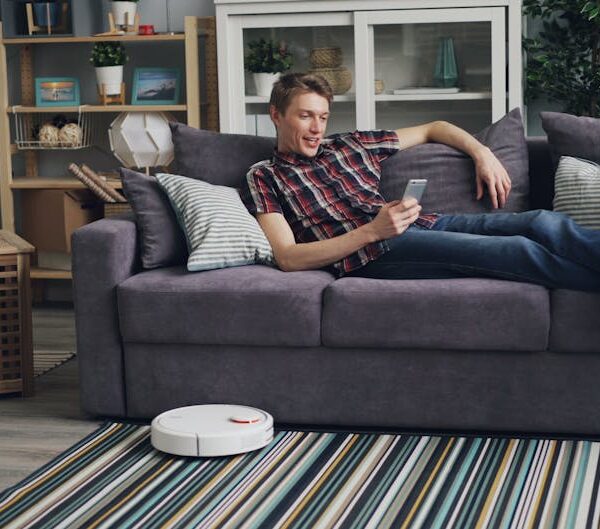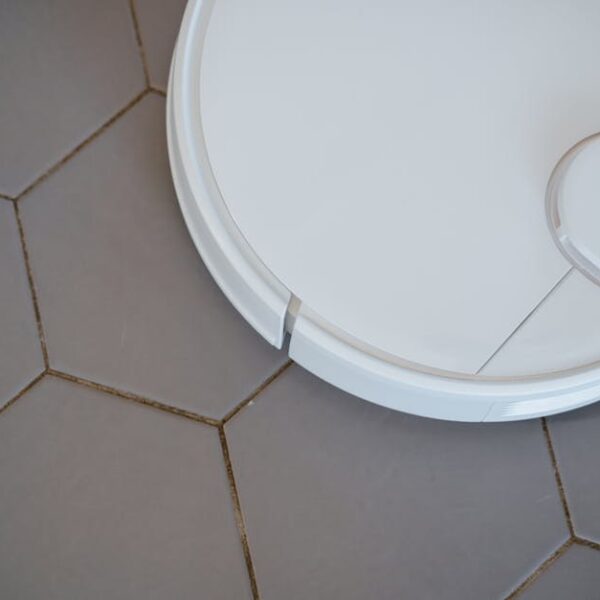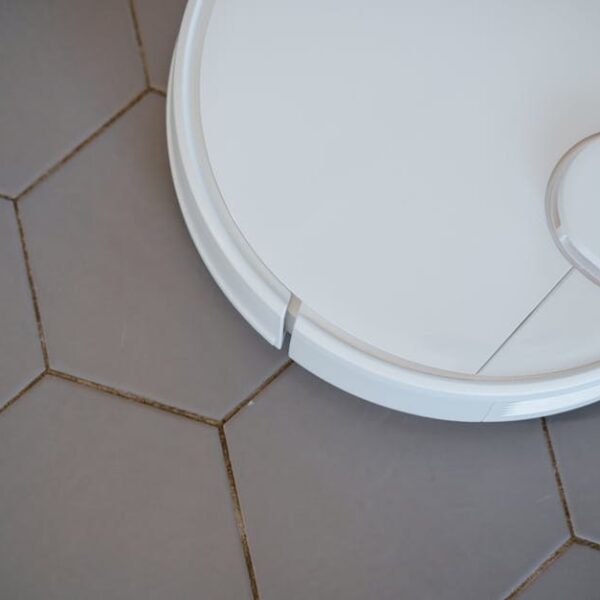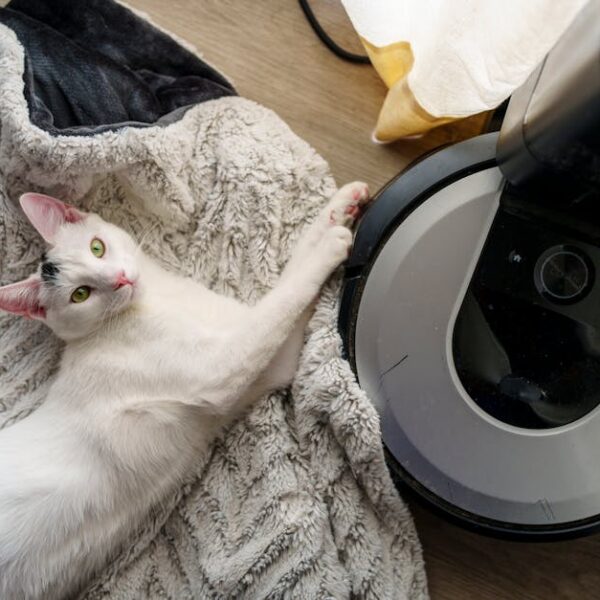Is your Roomba vacuum cleaner making too much noise? Don’t worry, this is something you can certainly fix. It’s not unusual for Roombas or any other robotic vacuums to get loud after serving many cleaning cycles, but their noise level can be subjected to optimization. This guide will walk you through some practical ways to reduce the noise of your Roomba without necessarily changing your routine cleaning schedule or compromising its efficiency.
Understanding Why Your Roomba is Loud
The noise emanating from your Roomba cleaner could be as a result of many factors. Sometimes, it may be due to mechanical issues or age-related wear & tear on the essential parts. A poorly maintained Roomba might show trouble signs by unusually raising its noise levels. This happens over time as dust and grime accumulate on the device, thereby hindering its smooth operations.
Now, let’s contextualize this. Sound is measured in decibels (dB), and a healthy Roomba typically produces about 60 dB when operating, which is roughly equal to the sound level of a facsimile machine or conversation in a restaurant. When the sound level of your Roomba approaches 70 – 80 dB – which is similar to the sound of a washing machine or dishwasher – then it’s time to take action.
Pro tip: Regular cleaning and maintenance of your Roomba can help to reduce noise and optimize performance. Always follow the manufacturer’s maintenance guide to avoid causing further damage.
Identifying and Addressing Common Roomba Noise Sources
Isolating the noise source is the first step towards fixing a super loud Roomba. Common sources include the motor, fan, and constant beeping sounds stemming from the device. These are typically indicative of a mechanical problem. Here’s what you should know about mitigating these noises:
Best Practices for Mitigating Noise
- Check for dust accumulation, especially in the fan and motor areas. Clean thoroughly if necessary.
- Inspect the wheels and brushes for any potential wear and tear. Replace them if they are worn out.
- Check the battery status. A faulty battery could cause operational issues, including excess noise.
Professional Help Vs DIY
| Pros | Cons | |
|---|---|---|
| Professional Help | Expertise guarantees quality work and protection of the device’s warranty | Could be costly and time-consuming |
| Do-It-Yourself | Cost-effective and an opportunity to learn more about your device | May void warranty if not done right |
When deciding between professional help and fixing the problem yourself, take into account the severity of the problem, the cost-effectiveness and your technical abilities.
Reducing Roomba Noise Through Modification and Accessory Changes
If you’ve tried all of the above and your Roomba is still noisy, then it’s time to consider some modifications or accessory changes. Several products and simple hacks can reduce the noise produced by the robot vacuum. For instance, using rubber mats under your charging dock or adding silencing rings to the device’s wheels can dampen noise produced during operation.
How to Safely Disassemble and Modify Your Roomba (Note: This may void your warranty)
- Ensure your Roomba is switched off and disconnected from the power source before starting any modifications.
- Utilize the right tools and follow the user manual or online tutorial for disassembling your device.
- Make modifications one at a time and test if the noise has been reduced before making more changes.
Pro tip: While modification and use of accessories can help reduce the noise, ensure that it doesn’t violate the warranty terms. Always check the warranty details before making significant modifications.
How Can Properly Cleaning Roomba Brushes Help Reduce Its Noise Level?
Proper maintenance is key to a quieter Roomba. Regularly attending to the cleaning roomba brush tutorial helps remove tangled hair and debris that can cause excess noise. By ensuring the brushes rotate freely, your Roomba operates more efficiently, effectively reducing unwanted sounds while keeping your floors spotless.
Programming Your Roomba to Minimize Noise Disruption
Another ingenious approach to deal with a noisy Roomba is to schedule it to run at times when the noise will be less noticeable. For instance, if your family is away at school or work during the day, or while you are running errands.
Potential quiet times to run your Roomba might include:
- When everyone is out at work or school
- While running errands or during your workout session
- During your designated house cleaning time
Best Practices for Scheduling Your Roomba
- Follow the device’s manual or tutorial videos to understand how to set the cleaning schedule.
- Set multiple shorter sessions throughout the day rather than one long cleaning period to avoid long durations of noise.
Purchasing Quieter Roomba Models or Alternatives
If all else fails – or you simply want an upgrade – there are quieter Roomba models available. Alternatively, you might consider switching to another brand of robotic vacuum cleaner with a known track record for softer sounds.
Comparing Different Models
| Model | Noise Level (dB) | Cost | Features |
|---|---|---|---|
| Roomba Model X | 58 dB | $$ | Heavy-duty cleaning, advanced navigation, etc. |
| Robotic Vacuum Brand Y | 55 dB | $$$ | Superior suction, pet hair removal, etc. |
Key considerations while switching models or brands:
- Determine your specific cleaning needs.
- Evaluate the size of your house and the type of flooring.
- Consider the price and warranty details of the new device.
By following these steps, you should be able to significantly reduce the noise produced by your Roomba. Remember, the goal is not to completely eliminate the sound but to make it more manageable and less irritable. Enjoy your quieter cleanings!
Key Takeaway:
- Roomba vacuum cleaners can become loud due to various reasons including mechanical issues and age-related wear and tear.
- Regular maintenance and cleaning can help in keeping your Roomba quiet.
- Noise can also be reduced by identifying and rectifying specific issues such as motor noise, fan noise, beeping sounds, dust accumulation, and worn-out parts.
- Programming your Roomba to operate at quieter times in your home can help to minimize noise disruption.
- Another alternative is to purchase quieter Roomba models or other quieter robotic vacuum alternatives in the market.
Remember, the goal is not to completely silence your Roomba but to make the noise levels manageable. Before taking any drastic steps such as modifications that could void the warranty or purchasing a new model, try out these tips. They are cost-effective and have been proven to work.
FAQs
Q: Are there specific Roomba models which are known to be quieter than others?
A: Yes, there are different Roomba models with varying levels of noise production. Generally, newer models tend to be quieter, but it’s always a good idea to check the noise level (measured in decibels) before purchasing.
Q: How often should I clean my Roomba to maintain lower noise levels?
A: Regular cleaning is key to the proper function of your Roomba. It’s recommended to clean the brushes and the filter after every use, and a full clean of the entire device once a week.
Q: Can professional cleaning of my Roomba help reduce its noise level?
A: Yes, professional cleaning can sometimes help, especially if the noise is being caused by a buildup of dust or dirt within hard-to-reach components of your Roomba.
Q: Are there alternative robotic vacuum cleaners that are quieter than Roomba?
A: Yes, there are alternative brands of robotic vacuum cleaners that have a reputation for quieter operation. But it’s important to compare not just noise levels, but also other features such as cleaning efficiency, durability, and cost.
Q: Can I use any kind of accessories to reduce the noise of my Roomba?
A: Some accessories such as rubber mats under your charging dock and silencing rings for your Roomba’s wheels may help in reducing the noise. However, it’s advisable to ensure these additions won’t interfere with the device’s functioning or void its warranty.
A quieter Roomba means a more peaceful cleaning experience; feel free to explore more posts for more valuable insights and advice on our website. Don’t forget to share this article with others who might find it helpful!
